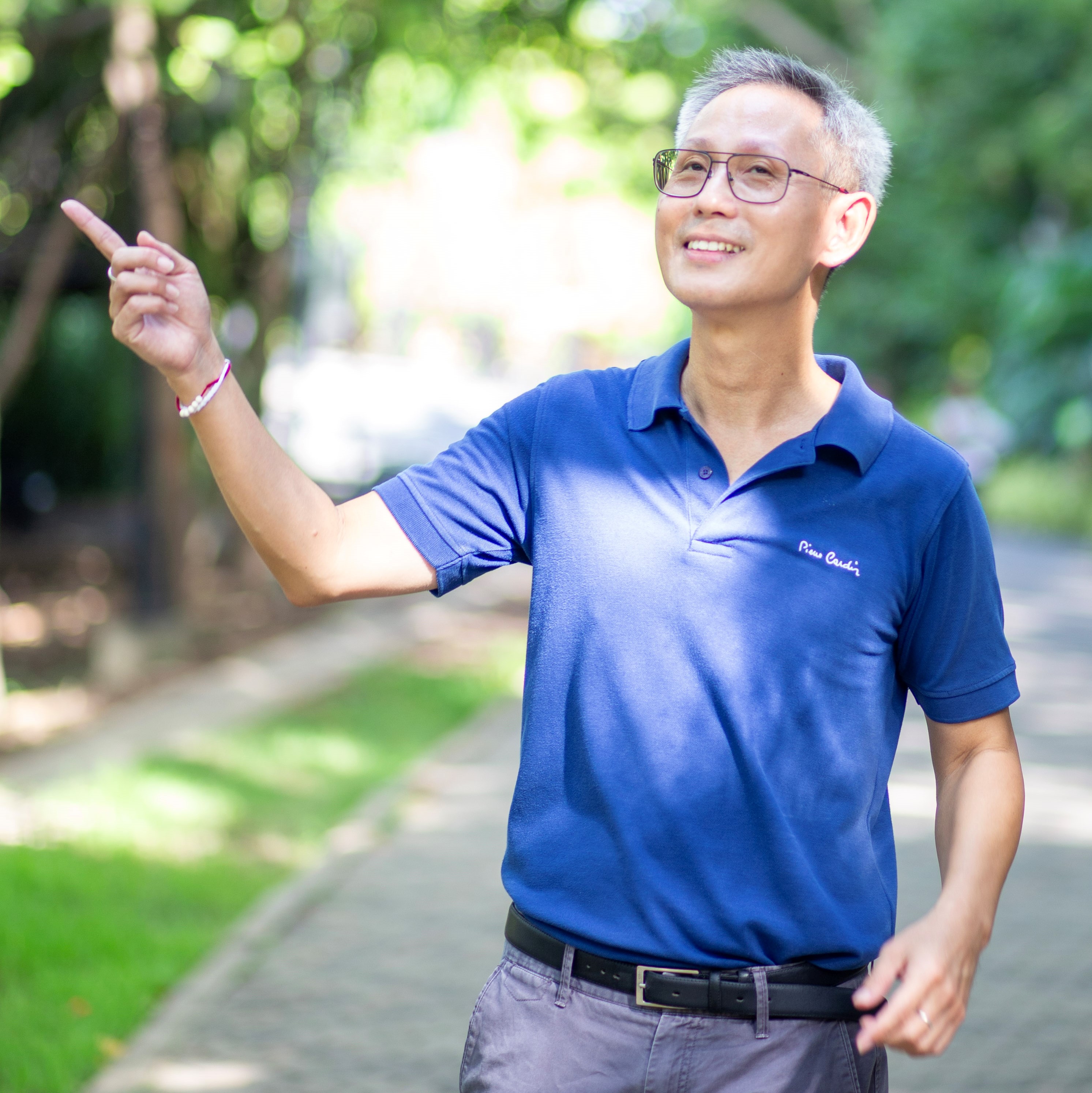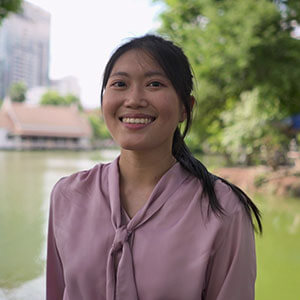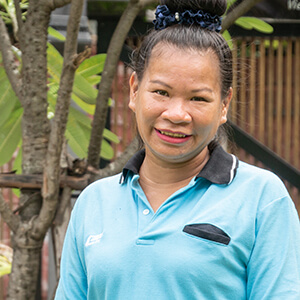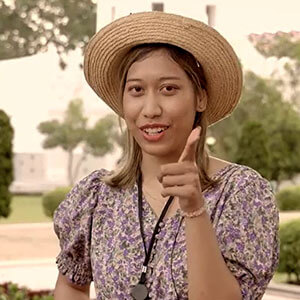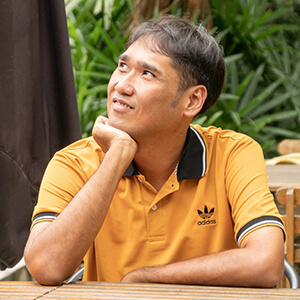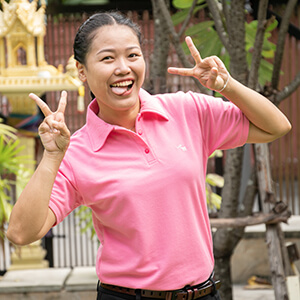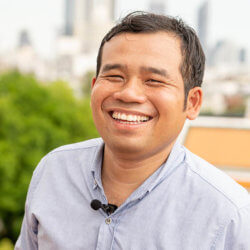Wat Mahathat, known as the “Temple of the Great Relic,” stands as Ayutthaya’s most photographed and historically significant temple complex. Home to the world-famous Buddha head entwined in tree roots, this sacred site served as the spiritual heart of the Ayutthaya Kingdom for over 400 years and remains a centerpiece of Thailand’s UNESCO World Heritage site.

Historical Significance and Royal Legacy
Founded in 1374 by King Boromma Rachathirat I, Wat Mahathat was constructed to enshrine precious Buddha relics within a magnificent 43-meter-high Khmer-style central prang. As Thailand’s most sacred temple, it housed the Supreme Patriarch and served as the royal monastery where kings performed essential Buddhist ceremonies.
The temple’s tragic destruction during the 1767 Burmese invasion left spectacular ruins that continue to captivate visitors today. Despite centuries of damage, the Fine Arts Department recognized it as a national historic site in 1935, and 1956 excavations uncovered remarkable treasures including gold ornaments and ancient images now displayed in the nearby Chao Sam Phraya National Museum.
Iconic Attractions and Must-See Features
The Famous Buddha Head in Tree Roots represents Ayutthaya’s most recognizable image and Thailand’s most photographed Buddhist artifact. This sandstone Buddha head, mysteriously entwined within holy Bodhi tree roots, creates a powerful symbol of nature reclaiming ancient spirituality. Multiple legends surround its origin, including stories of thieves abandoning it only for growing tree roots to embrace the sacred image over centuries.
The Central Prang Ruins showcase the temple’s former grandeur with remnants of the collapsed Khmer-style pagoda and four corner towers reflecting Hindu-Buddhist cosmology. While rebuilt multiple times throughout history, these impressive ruins demonstrate the architectural sophistication of ancient Ayutthaya.
The Royal Assembly Hall (Viharn Luang) sits east of the central prang, while the ordination hall (Ubosot) lies westward, marked by traditional “Eight Sema Stones” defining its sacred boundaries. These structures provide insight into royal ceremonial practices and Buddhist monastic traditions.
Essential Visiting Information for 2025
Operating Hours: Open daily 8:00 AM to 5:00 PM (some weekend extensions to 6:00 PM) with 50 THB entrance fees for international visitors.
Optimal Timing: Early morning (8:00-10:00 AM) or late afternoon (3:00-5:00 PM) provide ideal lighting conditions for photography while avoiding midday crowds and heat. The temple grounds offer minimal shade, making cooler periods essential for comfortable exploration.
Duration: Plan 1-3 hours for comprehensive exploration of all major features and photographic opportunities.
Cultural Sensitivity and Practical Guidelines
Dress Code Requirements: While Ayutthaya maintains slightly relaxed standards compared to Bangkok temples, modest attire remains essential. Cover shoulders and knees with long pants, skirts, and sleeved tops. Remove shoes and hats before entering sacred areas.
Respectful Conduct: Maintain quiet demeanor, avoid pointing feet toward Buddha images, and refrain from crossing in front of worshippers. Photography is permitted throughout most areas, but avoid “Buddha selfies” and respect praying visitors’ privacy.
Accessibility: Wheelchair-accessible tour programs are available with specialized lift-van support and experienced guides ensuring smooth navigation for disabled visitors.
Wat Mahathat combines perfectly with other UNESCO sites including Wat Yai Chai Mongkhon, Wat Chaiwatthanaram, Wat Phra Si Sanphet, and Bang Pa-In Royal Palace for comprehensive day-trip experiences.
Visit this attraction on a Private Custom Day Tour around Ayutthaya.

